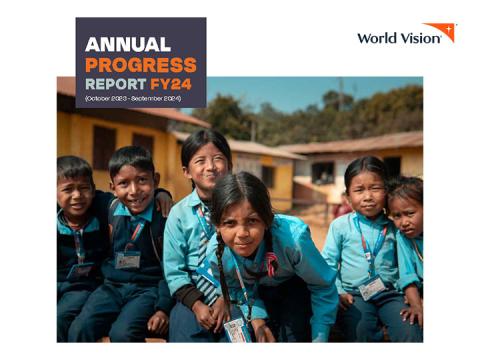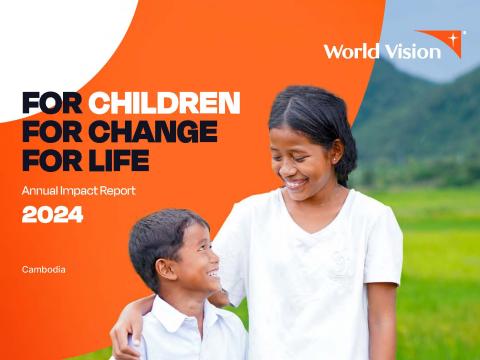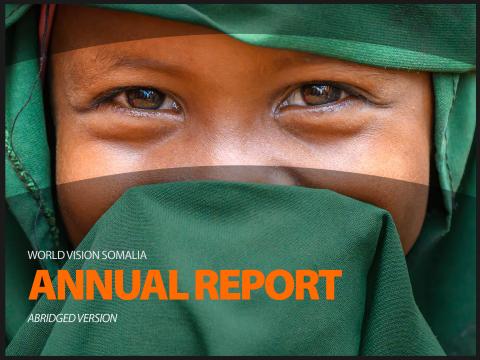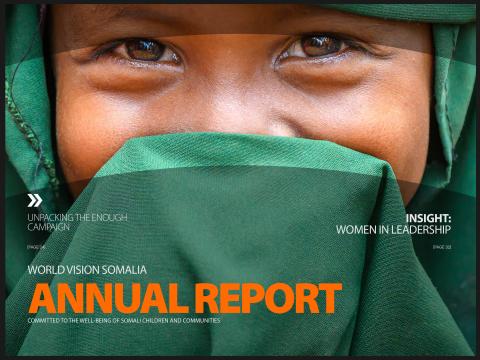Adolescent Health Lessons Learned Review
Download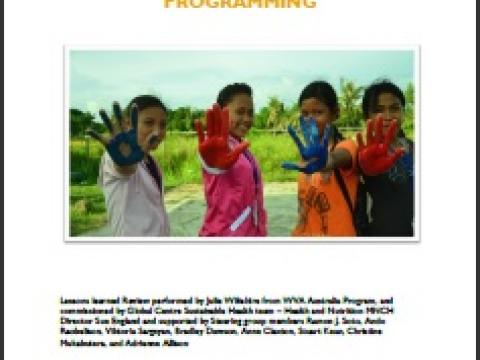
The 7-11 health and nutrition (H&N) strategy successfully galvanized World Vision (WV) to re-focus on the first 1000 days of life and resulted in increased organizational capacity and more resources being directed towards health programming for mothers and young children. However the 7-11 strategy did not address adolescents. In 2014 the MNCH team identified concerns shared by national offices (NOs) about the field reality issues and gaps in programming guidance on adolescent health (AH), in particular preventing early pregnancy, poor reproductive health outcomes in adolescents, supporting adolescent pregnant girls and concerns re increasing HIV infections amongst adolescents. The role of the Hope Initiative with the focus on HIV prevention with adolescents is recognised as raising awareness on adolescent sexual and reproductive health (ASRH) within WV. At the same time the global health community also identified improving adolescent health, especially for girls, in the new Sustainable Development Goals (SDGs) and the new UN Global Strategy for women, children and adolescents. This led to the decision to conduct this review in order to inform the development of adolescent health guidance for NOs.
This lessons learned review used a survey and project document review. The survey design was based on current WHO AH best practice and recommendations. Requests to participate in the survey were sent to key National NOs health focal points, selected regional health managers and two support offices (SOs). Out of 52 respondents, 27 NOs were represented.
This report provides important evidence of our AH programming in WV and demonstrates the need for an AH strategy and guidance for the partnership. It is clear that many NOs already consider adolescents in their health programming, despite them not being included in the 7-11 H&N strategy. The 2014 child well-being (CWB) report indicates other sectors are clearly addressing their needs showing that 60% of National Offices are working with adolescents through youth clubs for skills building and 1.25 million adolescents have directly benefited from WV programming1.
Of the 56 NOs who are currently implementing health and nutrition programming we found:
- 27 NOs are including adolescents in overall strategy
- 18 NOs are currently including adolescents in Health Technical Approaches
- 15 NOs report having adolescent programming experience in the past 5 years
